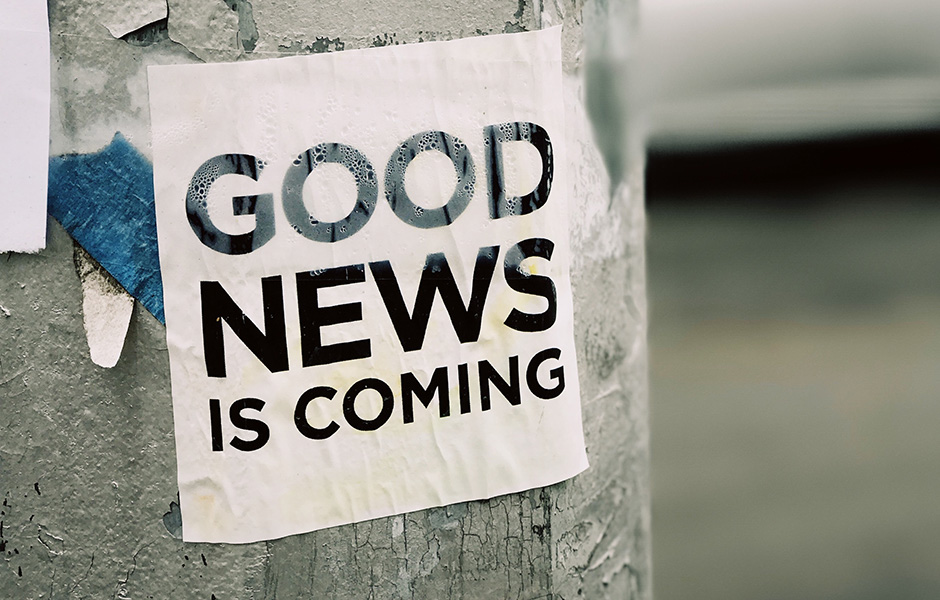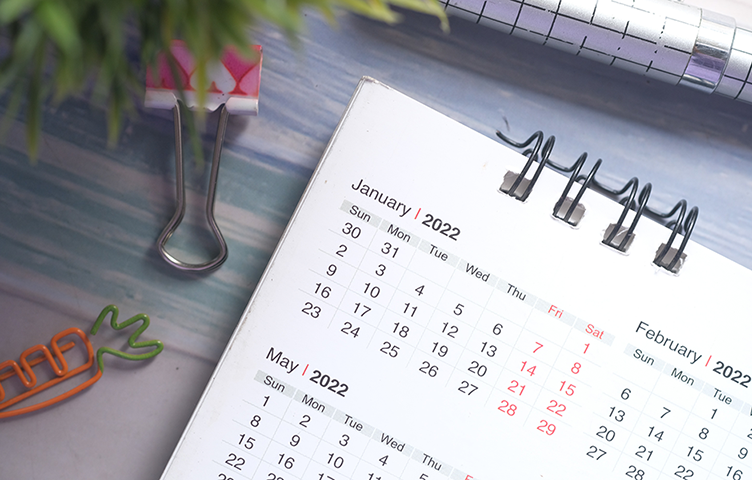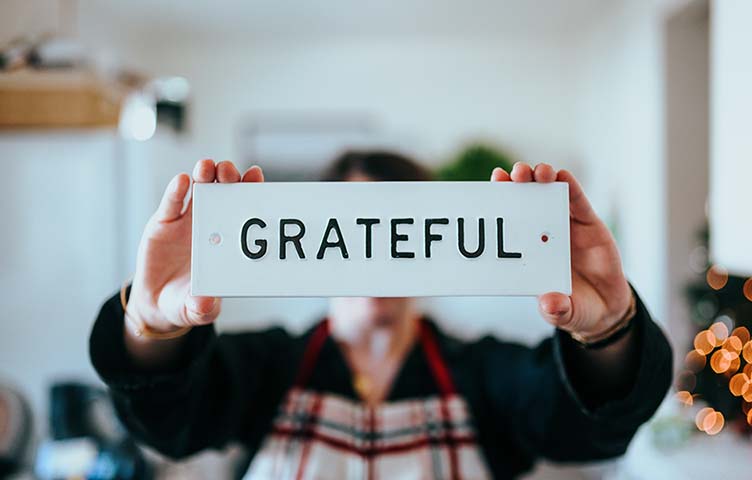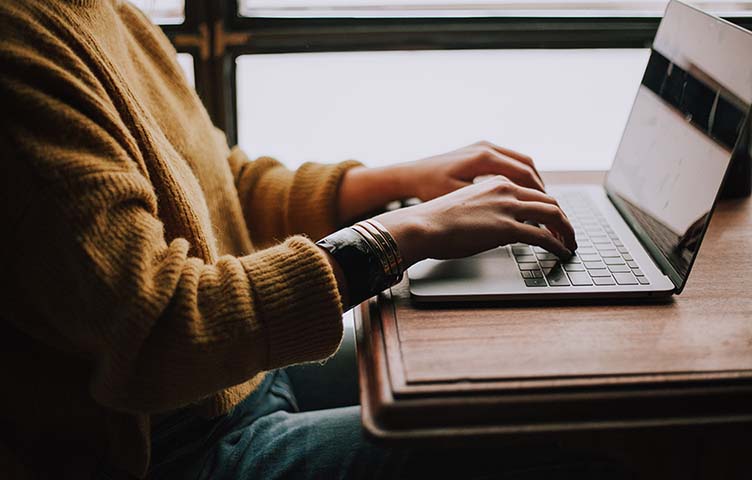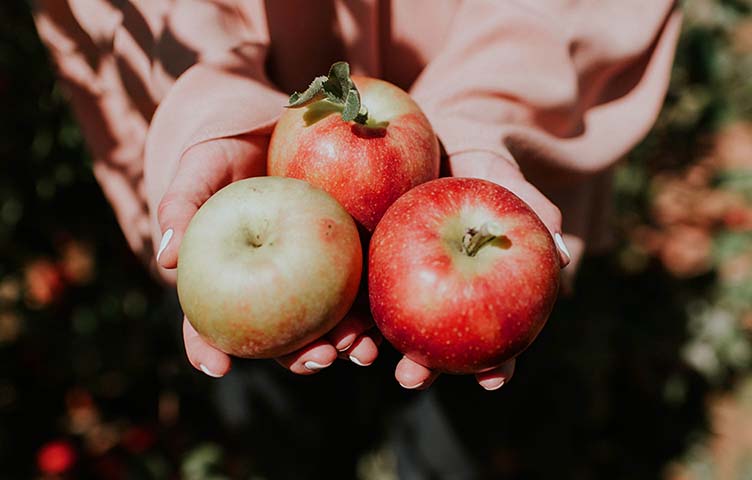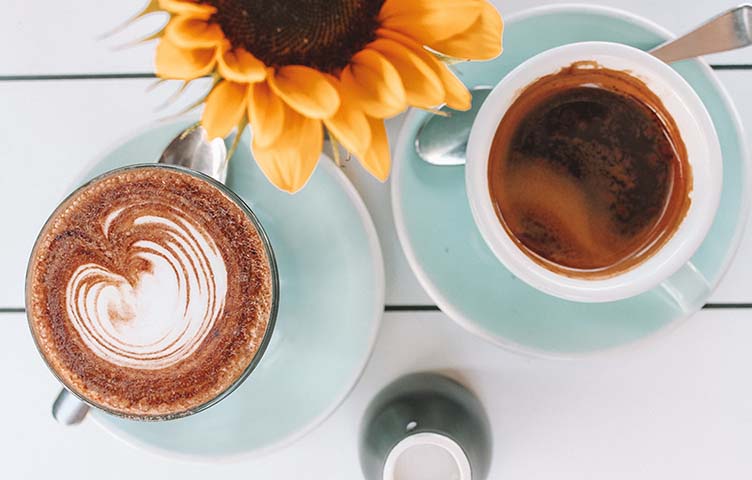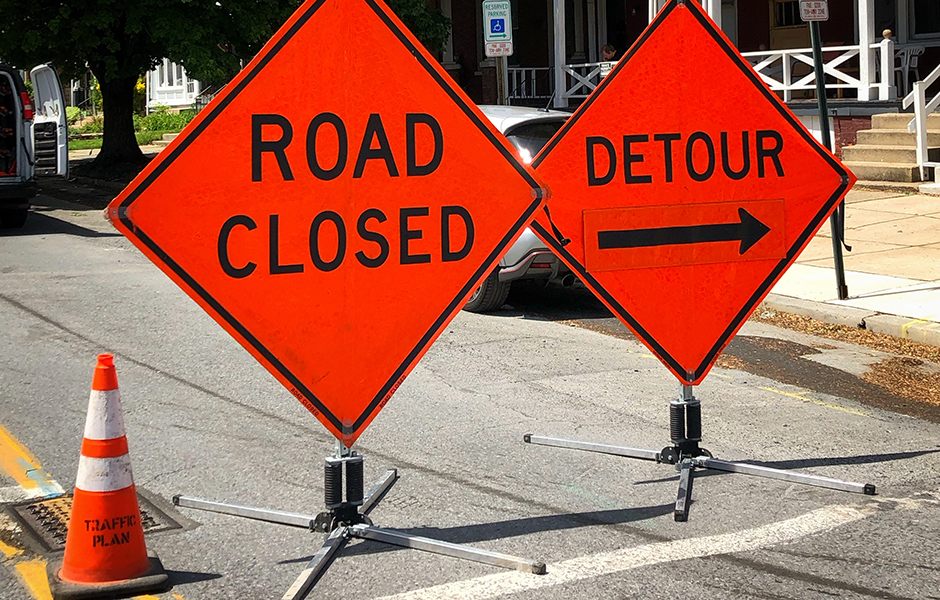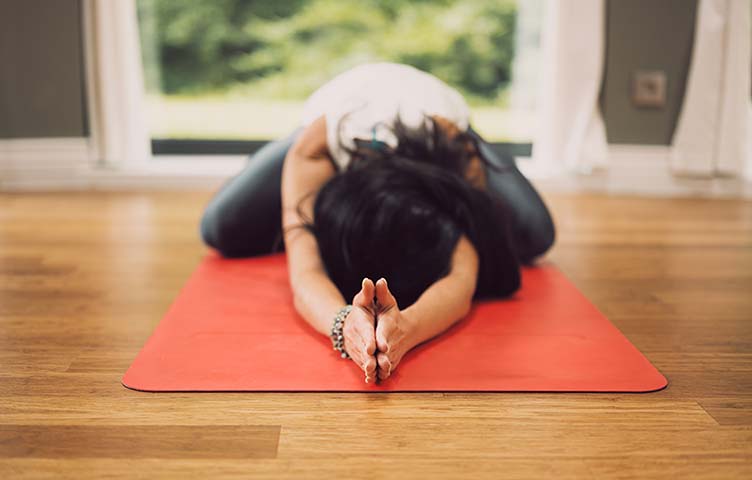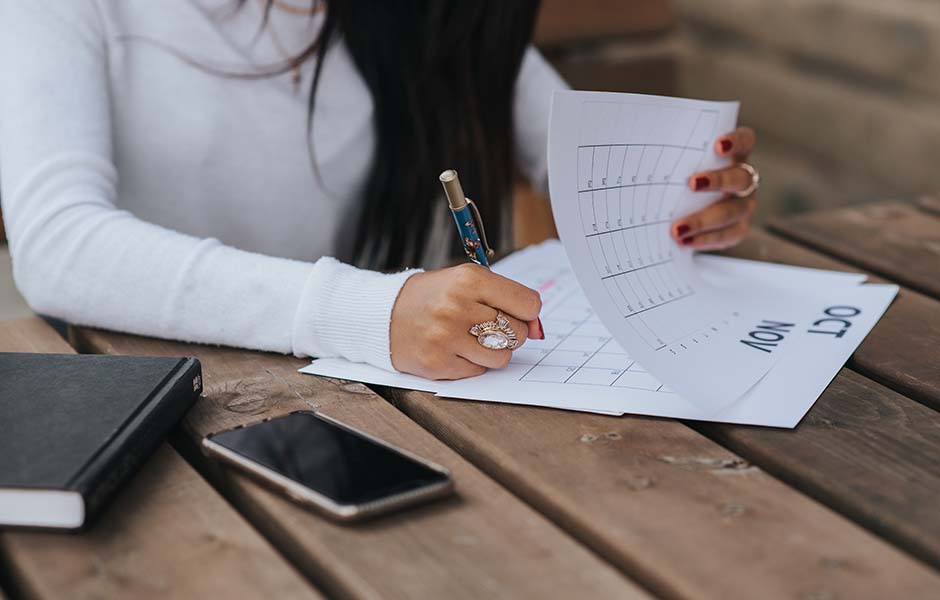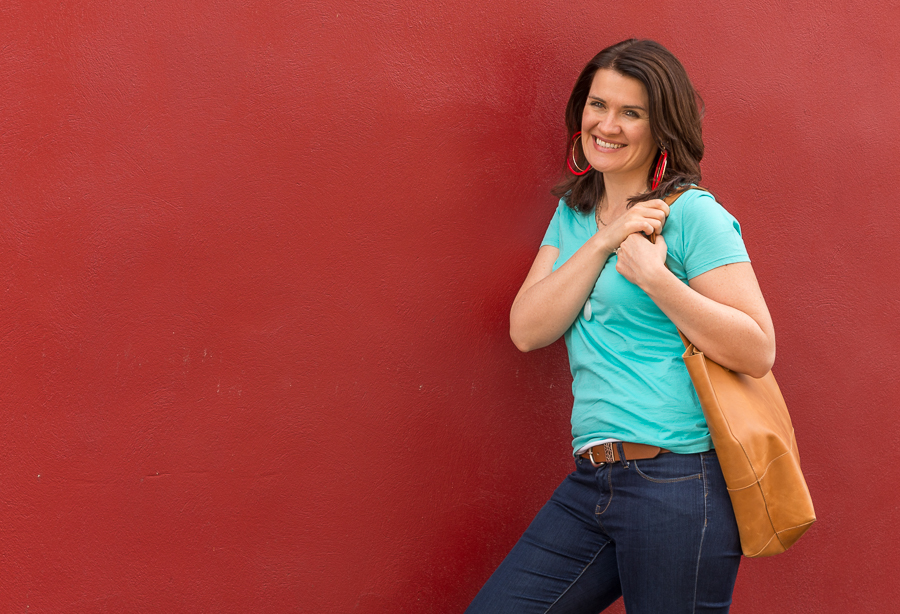Recently, one night after work, Tony was working out to a video he was streaming in our living room. I was making dinner, and not paying much attention. But then, after putting our meal in the oven, I started scrolling through Instagram. And, as it is so easy to do, I began half listening to the workout instructor as he started to lead Tony and his online audience through cool down. Following stretching and some time in Savasana, he said,
“Now picture what success looks like for you today. Then imagine yourself succeeding.”
At these words, I almost laughed out loud. I probably even rolled my eyes. What this instructor was saying sounded so silly to me, and it sounded selfish. But then, just as quickly as I had dismissed his words as ridiculous, I had another thought:
We picture what failure looks like for us all the time.
At least, those of us who find ourselves asking “what if?” on a regular basis. We wake up in the morning and immediately begin to wonder: “What if they’re late to the meeting?” “What if I don’t get there on time?” “What if I forget to pick up those things for my boss?”
It is more natural for many of us to worry about something bad happening, than for us to believe there is good in our future.
We begin our day asking “What if?” and we typically follow those two little words with the worst case scenario. We picture ourselves failing or things going badly for us, all the time. In fact, it is more natural for many of us to worry about something bad happening, than for us to believe there is good in our future. But,
What if something good does happen?
What if we do get the job? What if we make the right decision? What if people like us? Why does our default seem to be set to the negative, when the positive may be just as likely? The answer to this last question is probably far more nuanced for us as individuals than any generalized answer I could give. But here is one stab I’d like to take at it:
We are afraid of getting our hopes up.
We are afraid that by believing in good things, we will be disappointed if they don’t happen. Only by believing that bad things are going to happen, we fill ourselves with worry and self-doubt. We choose fear instead of faith in God and in ourselves.
Why does our default seem to be set to the negative, when the positive may be just as likely?
Today, we are closing out our “What if” series where we have been looking at some of the scariest “What if” questions we can ask in our lives. And, there are so many more of them than we’ve discussed. We haven’t talked about the “What if’s” that involve illness or awaiting diagnosis. We haven’t talked about the ones that involve deep disagreements that sever family relationships. Nor have we discussed the “What if’s” that surround loss. For two little words, they sure hold a lot of fear, but they can also hold a lot of possibility.
As we close out this series, I would love to throw out a challenge for us. I’d like to throw out a few new “What if’s”:
What if we decided to change our thought patterns?
What if every time you and I think or say a negative “what if,” we follow it with a positive one?
You and I may not have control over the outcomes of the “What if” situations in our lives, but we do get to choose how we approach them. The question is, will we be people of hope? Or will we be people of fear? Let’s choose to be the former.
What is the most recent negative “What if” question you’ve asked?
How can you turn it into a positive?
Are you in the midst of making a decision? Contemplating a life change? If so, you may be interested in my FREE Making Changes Checklist that I give to all my email friends. Want your free copy? subscribe here.

